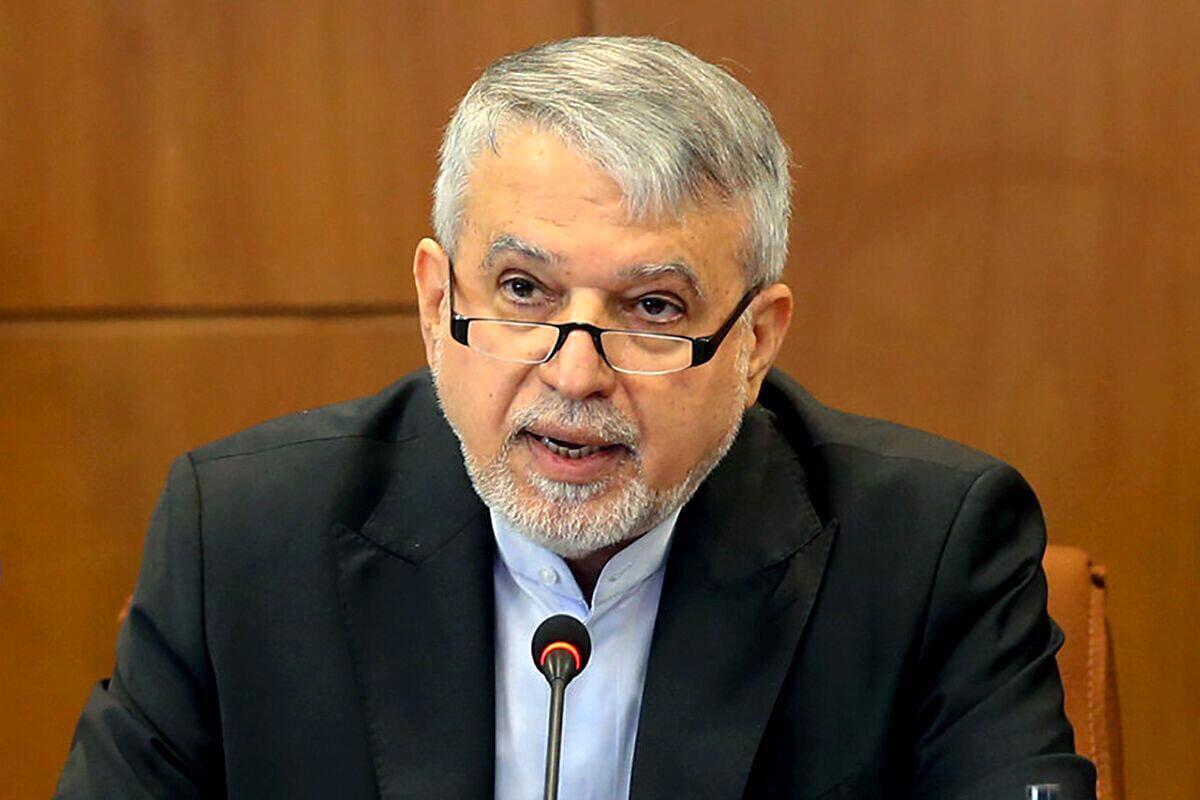
Similar Posts
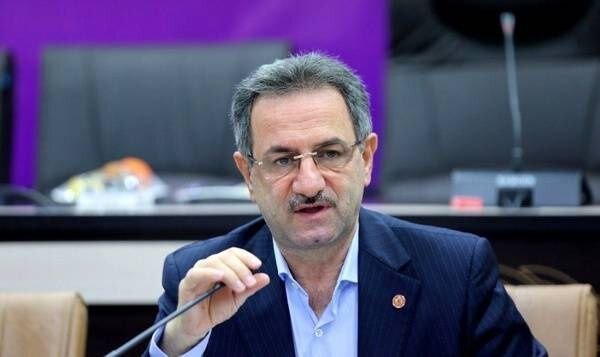
Iran’s Tourism Ministry Launches Bold Initiative to Boost Global Engagement and Expand International Reach
Iran is actively enhancing its tourism sector to attract both expatriates and international visitors. The Ministry of Cultural Heritage, Tourism, and Handicrafts, led by Deputy Minister Anoushirvan Mohseni-Bandpey, is collaborating with the Ministry of Foreign Affairs to establish tourism advisory offices in key countries. This initiative aims to counter negative perceptions and promote Iran’s cultural and natural attractions. With approximately eight to nine million Iranians living abroad, strategies are in place to encourage their return for tourism. The ministry hopes to increase annual tourist arrivals to 15 million, bolstered by Iran’s diverse attractions, including religious sites and ecotourism opportunities.

Vibrant Festival of Iranian Tribes Launches in Bojnurd: A Cultural Celebration!
The recently inaugurated festival of Iranian tribes in Besh Qardash, Bojnurd, showcases the rich tapestry of Iranian culture. Designed to enhance social vitality and unity among diverse ethnic communities, the event features over 140 booths of traditional handicrafts and souvenirs from various provinces. With performances by more than 100 nationally recognized artists, visitors can experience authentic Iranian music and dance. The festival also includes workshops and demonstrations led by skilled artisans, providing insights into traditional crafts. Open until May 11, this vibrant celebration invites locals and tourists alike to engage with Iran’s cultural heritage and craftsmanship.
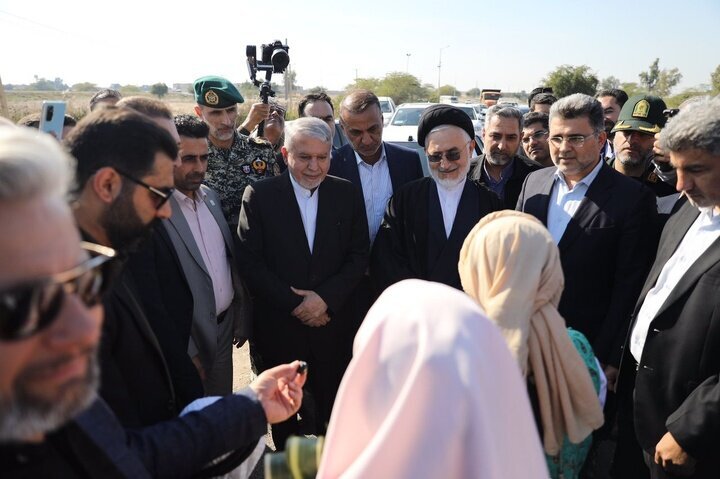
Minister Unveils Three Exciting Tourism Projects During Khuzestan Visit
During a recent visit by Seyyed Reza Salehi Amiri, Iran’s Minister of Cultural Heritage, three new tourism projects were inaugurated in Khuzestan, enhancing its appeal and hospitality infrastructure. The projects include two hotels in Ahvaz and Izeh and the second phase of a tourism complex in Dezful, collectively offering 86 rooms, 190 beds, an indoor recreational center, a restaurant, and a cinema. Additionally, a collaboration with the Iran Tourism Development Corporation aims to establish three more facilities. Highlighting Khuzestan’s rich cultural heritage, the minister visited UNESCO sites, emphasizing the region’s potential as a significant tourist destination.
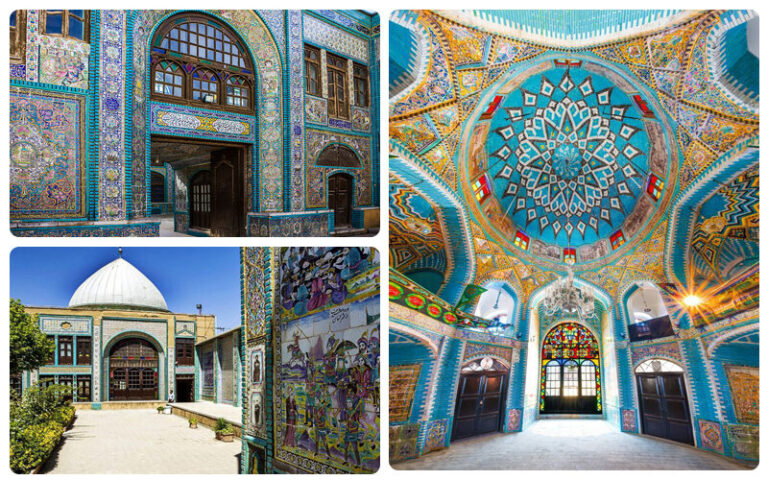
Discover Tekyeh Moaven al-Molk: A Hidden Cultural Gem in Western Iran
Tekyeh Moaven al-Molk in Kermanshah, Iran, is a stunning architectural gem reflecting the nation’s cultural heritage. Built during the Qajar era as a Shia mourning site, it became a key religious and historical destination after being recognized as part of Iran’s National Cultural Heritage in 1975. The site boasts intricate tilework depicting early Islamic battles and Achaemenid kings. It features three main sections: Hosseineh, Abbasieh, and Zeinabieh, housing various historical artifacts and museums. Despite facing significant damage during historical upheavals, it endures as a symbol of resilience and unity, attracting visitors with its rich history and cultural significance.
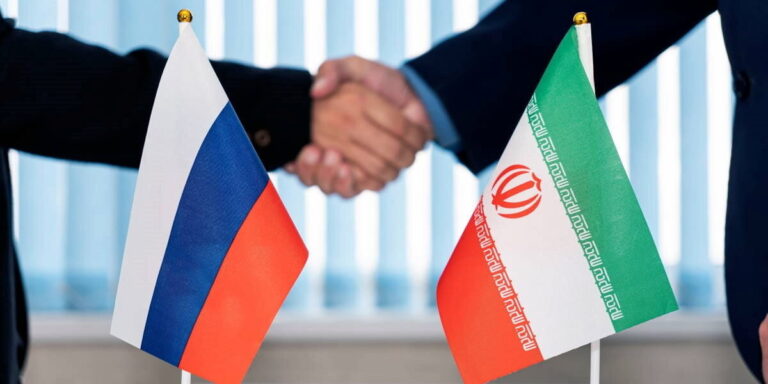
Iranian Shopping Boost: Russian Tourists Embrace Mir Pay for Seamless Transactions
On May 13, Iran and Russia achieved a major milestone in financial cooperation by integrating their card payment networks. This allows Russian citizens to use the Mir Pay app for shopping in Iran, enhancing economic ties. The project, announced by Iran’s Central Bank deputy governor, Asghar Abolhasani Hastiani, consists of three phases: enabling Iranian cards in Russian ATMs, facilitating Russian purchases in Iran, and further developments underway. The system has already seen nearly two million withdrawals from 100,000 Iranian users in Russia. This integration simplifies transactions and supports de-dollarization, marking a new era of economic collaboration between the two nations.

Global Halal Tourism Market Set to Soar to $410 Billion by 2032: A Lucrative Future Awaits!
The Halal tourism market is set for significant growth, projected to reach $410.9 billion by 2032, up from $256.5 billion in 2023. With 80 million Muslim tourist arrivals in early 2024 expected to rise to 230 million by 2028, destinations are enhancing facilities for Muslim travelers, including Halal food, prayer spaces, and gender-segregated amenities. Countries like Malaysia, Turkey, and Indonesia lead in offering comprehensive Halal experiences, while European cities are adapting to attract Muslim tourists. The rise of technology and group travel further supports this trend, signaling the sector’s vital role in the global travel industry.